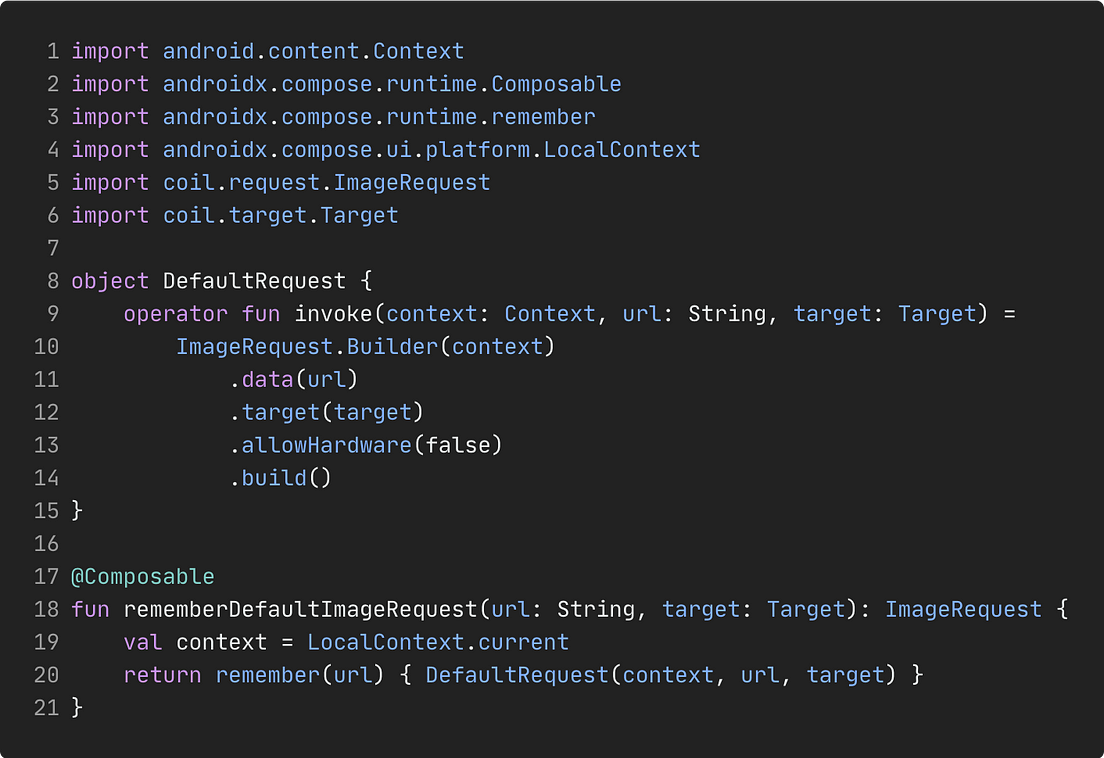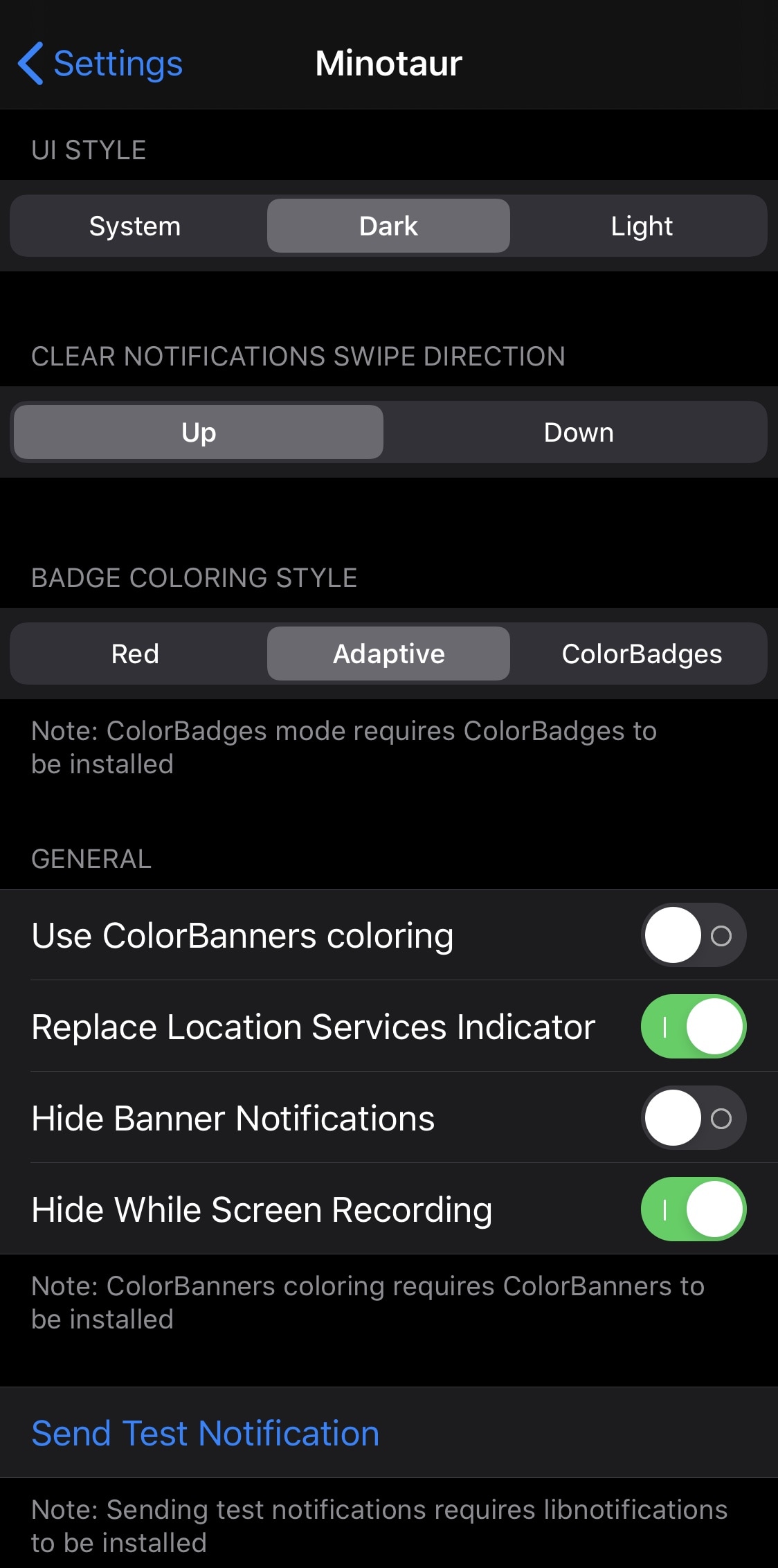

- #Status bar access defined how to
- #Status bar access defined update
- #Status bar access defined skin
- #Status bar access defined code
- #Status bar access defined download
In other words: If the Status was set to Error, without any further modifications of the view, it would look like this (assuming the default Metro style): Created styles still react to these properties the same way. When using custom view models, the Message and Status parameters if the Controller.Status() method are ignored, but one can simply set the Message and Status properties on the view model instead. The following screenshot shows the result of this example in both Battleship and Metro modes: This information provides overall execution context, so view engines can find their way around. If that location is not the shared location (typically it isn’t), then the system needs to know which controller the view goes with in order to find the view, which is why the controller type has to be passed as a parameter in the example above. Note that this view has to be defined in one of the standard view locations. Here is the example view used by this model:

Here is the custom view model used here: public class ExampleStatusViewModel : StatusViewModel This sets the status using a custom view model and a custom view. Consider the following example:Ĭontroller.Status(model: new ExampleStatusViewModel ,ĬontrollerType: typeof (CustomerController)) So when sending status updates as in the examples above, the Controller creates a standard StatusViewModel, sets Message and Status properties, uses a standardized view, and loads it into a registered view handler that can handle status updates (typically a standard Shell).
#Status bar access defined code
Customized Status Barsįollowing a standard CODE Framework pattern, status updates under the hood use standardized views and view models. The default definition for the colors and brushes looks like this (and can be re-defined for your own purposes): Īs usual, there are brush equivalents for all those. Like everything else in CODE Framework, these visuals are completely stylable both by simply re-defining the colors and brushes used as well as by creating brand new styles for the status area of the Shell. Note: Ready and Processing states by default use the same colors. The following screenshot shows Ready, Processing, Warning, and Error statuses respectively:
#Status bar access defined skin
For instance, the Metro skin by default shows status messages in a different color based on the overall state. Here is an example: Controller.Status("Pretending to load data.", ApplicationStatus.Processing) ĭepending on the theme, this information may result in a different visual style. In addition to setting status messages, one can also pass an overall status indicator to indicate whether the status is just informative or a warning or an error indicator, and so forth. This behavior can of course be restyled.Ī Battleship (Windows 95) themed application with the same status could look like this: Note: By default, status notifications in Metro applications are only shown for 10-12 seconds before they fade to transparency. For instance, a Metro application with this status could look like this: Depending on the chosen theme, this may then look different. This sets the status message to “Ready.” and communicates this setting to the current Shell (main window).
#Status bar access defined update
The basic idea is relatively simple: The Controller class has a Status() method that can be called to update the status like so: Controller.Status("Ready.") The WPF MVVM/MVC modules of CODE framework support a standardized status update feature (this is typically used to implement status bars, but the exact visuals can vary from theme to theme and are fully stylable and customizable).
#Status bar access defined how to

#Status bar access defined download
Themes - Simplified Resource Dictionary Download.Layout - Setting Generic/Abstract Dimensions on Controls.Font Sizes and Font Families in WPF Apps.Automatic Layout - Bidirectional Stack Panel.Ribbon - Custom Views and View-Models in the Ribbon.Odd and Even Row Background Colors in Lists.Caps-Lock Warning (and Global Key Handlers).



 0 kommentar(er)
0 kommentar(er)
